waterproofing concrete structures:
Concrete is a porous material that can absorb moisture, leading to structural damage and deterioration over time. In this blog post, you can discuss how waterproofing can help protect concrete structures from water damage and prolong their lifespan.
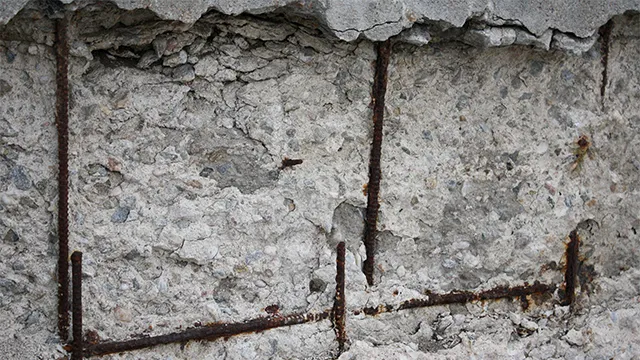
Introduction: The Critical Role of Waterproofing in Concrete Structures
Concrete, a material celebrated for its strength and endurance, is a staple in modern construction, offering impressive load-bearing capacity, resistance to environmental elements, and structural integrity. Its versatility and durability make it the material of choice for a vast range of projects, from residential buildings to grand-scale infrastructures. However, concrete’s strength is countered by a significant vulnerability – its inherent porosity, which makes it susceptible to water infiltration. This blog post aims to emphasize the vital importance of waterproofing concrete structures, a key practice in protecting these structures from water-induced damage and in extending their operational lifespan.
The Porous Nature of Concrete: Understanding the Need for Waterproofing
Despite its robustness, concrete’s porosity is its fundamental weakness, predisposing it to moisture absorption. This can lead to various structural issues, often not immediately visible but potentially devastating over time. In colder climates, water trapped within concrete can freeze and thaw, leading to cracking and weakening. In warmer climates, moisture accumulation can foster mold and mildew, posing health risks and internal degradation. Additionally, water ingress in concrete structures can cause corrosion of steel reinforcements, undermining their structural integrity. This underscores the necessity of waterproofing – not merely as an option but as an essential measure for the longevity and safety of concrete structures.
Waterproofing Concrete Structures: An Essential Defense Mechanism
The primary objective of this blog is to highlight the crucial role of waterproofing in safeguarding concrete structures from the adverse effects of moisture. Despite its inherent durability, concrete’s vulnerability to water damage presents a significant challenge. We will explore how waterproofing acts as an indispensable shield, effectively protecting concrete from moisture-related deterioration. The discussion will include various waterproofing techniques and their crucial role in maintaining the structural integrity, aesthetic value, and longevity of concrete constructions. By comprehending and implementing effective waterproofing solutions, we can ensure these structures remain safe, functional, and visually appealing for years to come.
Section 1: Understanding Concrete’s Vulnerability
The Porous Nature of Concrete: Concrete, at its core, is a composite material composed of water, aggregate (like gravel and sand), and cement. As it hardens, concrete undergoes a process called hydration, where the cement particles react with water to form a solid mass. However, this process leaves behind a network of tiny capillaries and pores. These microscopic pathways, invisible to the naked eye, make concrete inherently porous. This porosity, while not immediately apparent, is a fundamental characteristic that impacts the long-term durability of concrete structures.
Moisture Absorption and Its Consequences: The porous nature of concrete allows for the absorption of water and moisture. When water penetrates concrete, it can lead to several types of structural damage:
- Cracking: As water freezes and thaws within concrete, it expands and contracts, which can cause the concrete to crack. These cracks not only weaken the structural integrity but also allow more water to seep in, exacerbating the problem.
- Spalling: This occurs when water entering the concrete causes the surface to peel, pop out, or flake off. Often a result of the internal expansion and pressure from freeze-thaw cycles, spalling leads to further exposure of the internal areas of the concrete to moisture.
- Corrosion of Reinforcement Bars: Perhaps the most insidious effect is the corrosion of the steel reinforcement bars (rebar) within the concrete. Water, along with harmful salts and chemicals, can reach the rebar, causing it to rust. This rusting not only weakens the rebar but also leads to expansion, which can crack and damage the surrounding concrete.
Real-Life Examples and Case Studies: Several notable incidents highlight the vulnerability of concrete to water damage:
- The Sardar Sarovar Dam, Gujarat: This massive dam, one of the largest in India, has faced challenges due to water seepage and leakage. These issues have necessitated ongoing maintenance and repair work to ensure the dam’s structural integrity and functionality. The case of the Sardar Sarovar Dam underscores the importance of waterproofing in large-scale hydraulic structures. Times of India 24 Aug 2021, 09:33 IST. Sub: Seepage & jets of water from Sardar Sarovar Dam, says Medha Patkar. Read more..
- Delhi Metro Rail Corporation (DMRC) Projects: The Delhi Metro, a lifeline for the city, has had to address water seepage issues in several underground stations and tunnels. Constant exposure to groundwater and the risk of flooding during monsoon seasons have made waterproofing a critical aspect of maintaining the safety and durability of these structures. Indiatoday.in Jul 14, 2015 12:17 IST. Read more..
These examples underscore the importance of addressing the porous nature of concrete through effective waterproofing methods to prevent moisture-induced damage and ensure the longevity and safety of concrete structures.
Section 2: The Science of Waterproofing
Introduction to Waterproofing: Waterproofing is a crucial process in construction that involves making structures impervious to water or waterproof. Given the porous nature of concrete, waterproofing is essential to protect structures from water infiltration, which can cause significant damage over time. By creating a barrier that prevents water from penetrating the concrete, waterproofing extends the life and integrity of structures.
Different Waterproofing Methods:
- Coatings:
- These are like paints but are more robust and durable.
- Applied to the exterior surface of concrete, they form a waterproof layer.
- Common materials used include acrylic, epoxy, and polyurethane.
- Ideal for areas exposed to light water contact and offer protection against weathering and environmental elements.
- Sealants:
- Sealants are used to close gaps and joints in concrete structures.
- They are flexible and can accommodate the concrete’s minor movements.
- Common types include silicone, polyurethane, and polysulfide.
- Particularly effective in preventing water ingress through joints and cracks.
- Waterproofing Membranes:
- These are thin layers of water-tight material laid over a surface.
- Types include sheet-based membranes (like bituminous, PVC, EPDM) and liquid-applied membranes.
- They are highly effective in areas with high water exposure, like roofs, basements, and foundations.
- Membranes are resistant to a wide range of temperatures and environmental conditions.
- Crystalline Waterproofing:
- Involves the use of crystalline compounds that react with water and concrete.
- These compounds grow crystals inside concrete, blocking pores and preventing water penetration.
- Ideal for permanent waterproofing and is often used in foundations, retaining walls, and water tanks.
- Cementitious Waterproofing:
- A simple method involving a mixture of cement, water, and waterproofing agents.
- Easily applied and sets quickly, forming a rigid waterproof barrier.
- Commonly used in internal wet areas like bathrooms and kitchens.
Protection of Structural Integrity:
- Prevents Water Damage: Waterproofing methods form a barrier that prevents water from seeping into the concrete, thereby reducing risks like cracking, spalling, and erosion.
- Protects Reinforcements: By keeping water out, waterproofing prevents the corrosion of steel reinforcements within concrete structures.
- Long-Term Durability: Waterproofing extends the lifespan of structures by protecting them against the harmful effects of moisture and environmental elements.
- Maintains Aesthetic Appeal: It also helps in preserving the aesthetic appearance of the structure by preventing water stains, mold, and mildew growth.
Section 3: Benefits of Waterproofing Concrete Structures
Waterproofing concrete structures offers several long-term benefits that are crucial for both the functionality and sustainability of these constructions. Here are some of the key advantages:
1. Extended Lifespan and Reduced Maintenance Costs:
- Waterproofing significantly extends the lifespan of concrete structures. By preventing water penetration, it reduces the risk of damage from freeze-thaw cycles, chemical corrosion, and other environmental factors.
- It minimizes the need for frequent repairs and maintenance, thereby reducing long-term costs. Waterproofing done right at the initial stages of construction can prevent costly structural repairs in the future.
- In structures like bridges, dams, and buildings, where longevity is crucial, waterproofing plays a vital role in preserving their structural integrity over extended periods.
2. Prevention of Mold and Mildew:
- Water infiltration in concrete can create a damp environment conducive to the growth of mold and mildew. These can pose serious health risks, especially in indoor environments.
- Waterproofing prevents moisture build-up, thereby inhibiting the growth of these harmful organisms. This is particularly important in residential buildings, schools, hospitals, and other public spaces where health and hygiene are paramount.
- By maintaining a dry environment, waterproofing contributes to better indoor air quality and a healthier living space.
3. Aesthetic Preservation of Buildings:
- Water damage can lead to unsightly stains, peeling paint, and other aesthetic issues that detract from a building’s appearance.
- Waterproofing helps maintain the exterior and interior appearance of structures, preserving their aesthetic value and curb appeal.
- In historical buildings and monuments, where preservation of original appearance is crucial, waterproofing is essential to prevent water-induced deterioration.
4. Structural Safety:
- Beyond aesthetics and maintenance, waterproofing is crucial for the overall safety of the structure. It prevents severe structural damages like concrete spalling and steel reinforcement corrosion, which can compromise the building’s stability.
- Ensuring that key structural elements are protected from water damage is critical in high-risk zones, such as earthquake-prone areas, where the structural integrity of buildings is of utmost importance.
5. Increase in Property Value:
- Properties with effective waterproofing systems often have higher market values. Buyers and investors are more inclined towards properties that are well-maintained and structurally sound.
- Waterproofing is a key selling point in real estate transactions, providing assurance of the property’s resilience and durability.
6. Environmental Protection:
- By preventing leaks and seepage, waterproofing helps in conserving water, a precious resource.
- It also minimizes the environmental impact by reducing the need for frequent repairs and maintenance, which often involve the use of energy-intensive processes and materials.
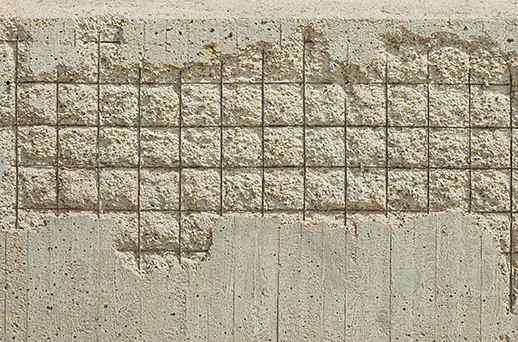
Section 4: When and How to Waterproof
Optimal Timing for Waterproofing:
- During Construction: The most effective time to apply waterproofing is during the construction phase. This allows for a comprehensive approach, ensuring all potential points of water entry are addressed. Integrating waterproofing into the construction process minimizes the risk of future water damage.
- During Renovation: Renovation periods are also ideal for implementing or upgrading waterproofing measures. This is especially true when dealing with older buildings that may not have been initially waterproofed or need an update to their existing waterproofing systems.
The Waterproofing Process:
- Assessment: The first step involves assessing the structure to identify potential water ingress points. This includes checking for cracks, joints, and interfaces where water might penetrate.
- Preparation: The surface must be clean, dry, and free of any debris or loose material to ensure a good bond.
- Application: The method of application varies depending on the type of waterproofing material. It could involve spraying, rolling, or laying down membranes.
- Curing: After application, the waterproofing material needs time to cure and form an impermeable barrier.
Importance of Professional Application:
- Waterproofing requires skill and knowledge about materials and techniques. Professional application ensures that the waterproofing is correctly and effectively applied.
- Professionals can also provide valuable insights into the best materials and methods for a specific type of structure and environment.
Special Considerations and Challenges:
- Structural Design: Different structures have unique waterproofing challenges. For example, flat roofs may require different waterproofing solutions than basements or balconies.
- Environmental Factors: Climate and environmental conditions play a significant role. Structures in areas with heavy rainfall or high humidity might need more robust waterproofing solutions.
- Material Compatibility: It’s crucial to use waterproofing materials compatible with the construction materials of the structure.
- Accessibility: Some areas may be difficult to access after construction, underscoring the importance of addressing these areas during the initial waterproofing process.
Conclusion:
Vulnerability of Concrete:
- Concrete, despite its strength and durability, is inherently porous and vulnerable to water damage. This vulnerability can lead to structural issues like cracking, spalling, and corrosion of reinforcement bars, ultimately affecting the integrity and safety of structures.
Effectiveness of Waterproofing:
- Waterproofing is an essential process that involves applying specialized materials and techniques to prevent water penetration in concrete structures. Various methods like coatings, sealants, membranes, crystalline, and cementitious waterproofing are used to address different needs and conditions.
Long-Term Benefits of Waterproofing:
- Waterproofing extends the lifespan of structures, reduces maintenance costs, and protects against health hazards like mold and mildew. It also preserves the aesthetic appeal of buildings and ensures structural safety. Additionally, waterproofing can enhance property value and contribute to environmental protection.
As you consider the necessity of protecting your investments, it’s important to seek professional waterproofing services. Experts like Geoliz Waterproofers Pvt. Ltd. specialize in delivering high-quality waterproofing solutions tailored to the unique needs of each structure. Their expertise ensures that the right materials and methods are applied effectively, guaranteeing long-term protection and peace of mind.
For a detailed consultation or more information about waterproofing solutions that best fit your needs, don’t hesitate to reach out to Geoliz Waterproofers Pvt. Ltd. Their professional team is equipped to provide comprehensive guidance and services to safeguard your valuable concrete structures against water damage.

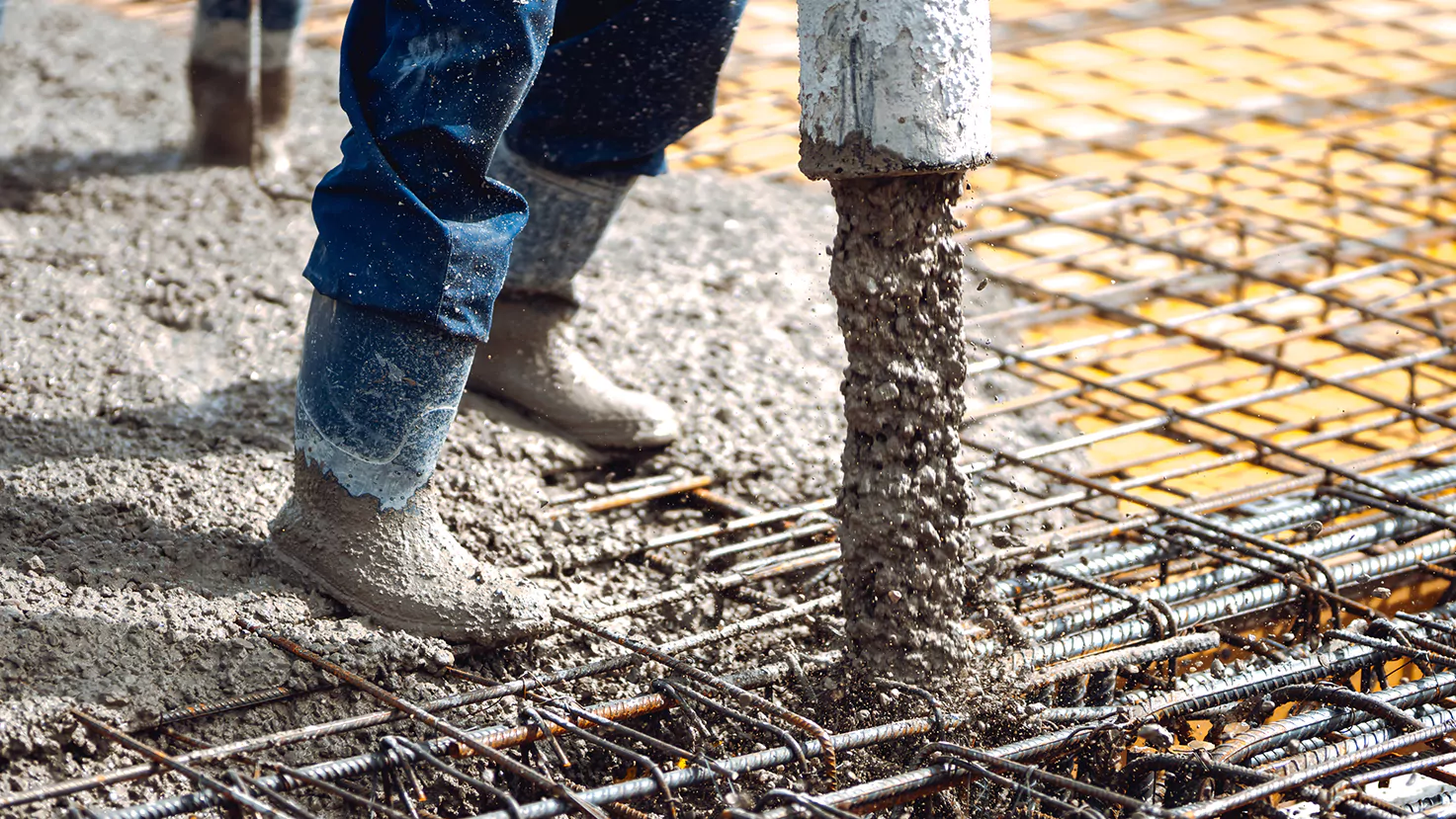
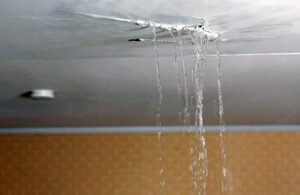
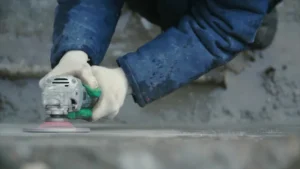
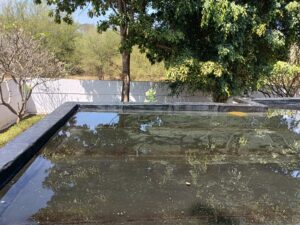


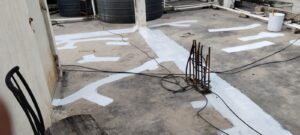
Fantastic article by Geoliz Waterproofers Pvt. Ltd. on waterproofing concrete structures! Your detailed exploration of the methods and benefits is incredibly insightful. It’s great how you emphasize the necessity of waterproofing for structural integrity and long-term durability. The real-life examples add a practical touch, making the topic more relatable. This article is a must-read for anyone in construction or property maintenance. Keep up the excellent work in sharing such valuable knowledge!
highlights the critical importance of waterproofing concrete structures to protect against water-induced damage, emphasizing the need for professional waterproofing solutions to ensure their longevity and structural integrity
The detailed information presented in this blog about waterproofing concrete structures receives grateful recognition from Sunshine Pest Control Pvt. Ltd. Our pest control methods offer similar protection to your property as waterproofing shields buildings because both defense approaches prevent damage to building structures from infections by termites and pests. A structure which remains both free from water damage and pest intrusions ensures extended service life alongside protection of safety and superior looks.